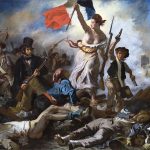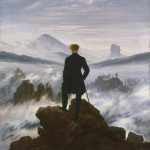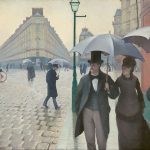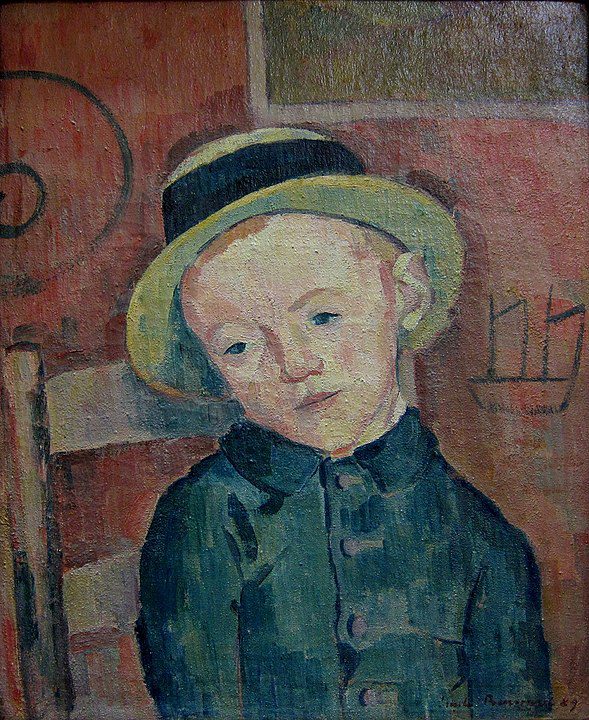
Émile Bernard, born on April 28, 1868, in Lille, France, was a significant figure in the development of modern art at the turn of the 20th century. His contributions to the Post-Impressionist and Symbolist movements, alongside his role in the evolution of Cloisonnism and Synthetism, positioned him as a pivotal artist and theorist whose ideas and works influenced the trajectory of modernism.
Bernard’s artistic journey began at a young age, showing early promise that led him to Paris, where he enrolled in the École des Arts Décoratifs. His initial works were influenced by Impressionism, but Bernard’s style underwent a profound transformation after meeting artists like Paul Gauguin and Vincent van Gogh. Through these associations, Bernard played a crucial role in the development of Cloisonnism, a style characterized by bold outlines and flat areas of color, which marked a departure from the naturalism of Impressionism.
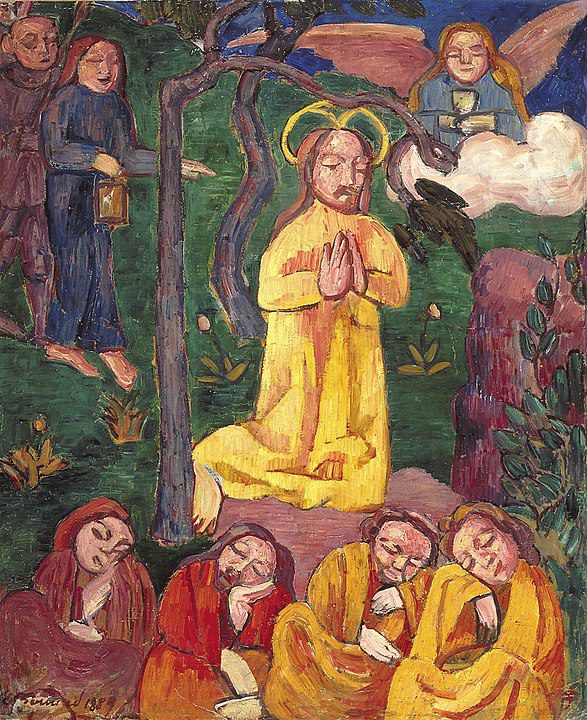
In 1888, Bernard and Gauguin worked closely in Pont-Aven, Brittany, where they developed Synthetism, a style that sought to synthesize the outer appearance of natural forms, the artist’s feelings about their subject, and the aesthetic considerations of line, color, and form. This approach was revolutionary, emphasizing the importance of emotional and symbolic content over realistic representation. Bernard’s “Breton Women in the Meadow” (1888) exemplifies this technique with its simplified forms and bold use of color, showcasing his contributions to the movement.
keeping busy
Bernard’s travels to the Middle East and Egypt in the early 1890s further enriched his palette and deepened his interest in incorporating spiritual and symbolic elements into his work. His experiences abroad influenced his move towards Symbolism, where he explored themes of religion, mythology, and spirituality with a more introspective and personal approach. Throughout his career, Bernard maintained a prolific output as a painter, engraver, and writer, contributing significantly to the theoretical discourse on art through his correspondence with other artists and his published essays.
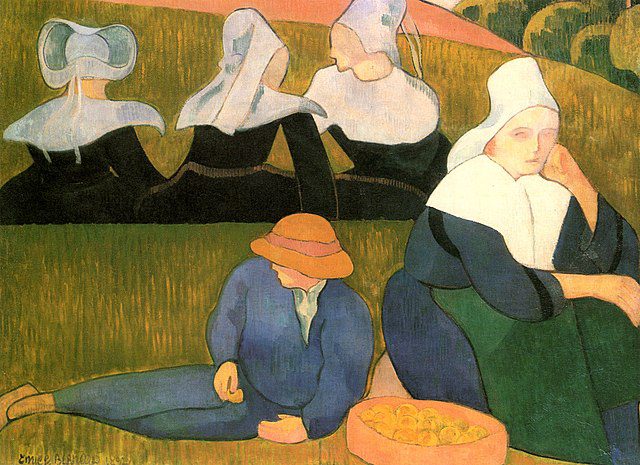
Despite his early collaboration with Gauguin and Van Gogh, Bernard’s later years saw him distancing himself from the avant-garde circles. He adopted a more traditional style, drawing inspiration from the Renaissance and Pre-Raphaelite movements. This period of his work, while less celebrated, underscored his deep appreciation for classical art and his versatility as an artist.
Bernard’s contributions to art were not limited to his paintings. As a writer and theorist, he articulated the principles of Symbolism and Synthetism, influencing the direction of modern art. His correspondence with Van Gogh, in particular, provides valuable insights into the artistic debates and ideas of the time, highlighting Bernard’s role as a mediator between the avant-garde movements of the late 19th century and the evolving art scene of the early 20th century.
Hard to figure out
Émile Bernard’s legacy is complex and multifaceted. On one hand, he is celebrated for his pioneering work in Post-Impressionism and his influence on the Symbolist movement; on the other, his later retreat into a more conservative style has puzzled art historians and critics. Nonetheless, his early experiments with form, color, and symbolism remain influential, marking him as a key figure in the transition from Impressionism to the more abstract and conceptual approaches that characterized modern art.
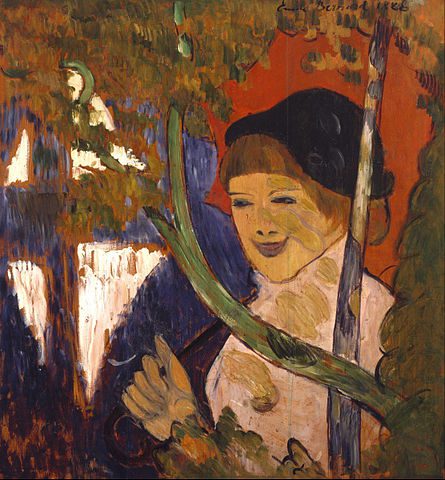
Bernard’s impact extends beyond his stylistic innovations; his writings and theoretical contributions helped to shape the discourse around modernism, emphasizing the importance of artistic vision and expression over mere representation. He remained active in the art world until his death on April 16, 1941, in Paris, leaving behind a body of work that continues to be studied and admired for its breadth, innovation, and insight into the evolution of modern art.




